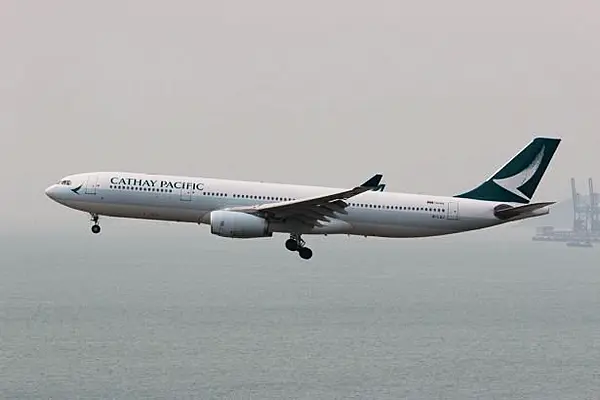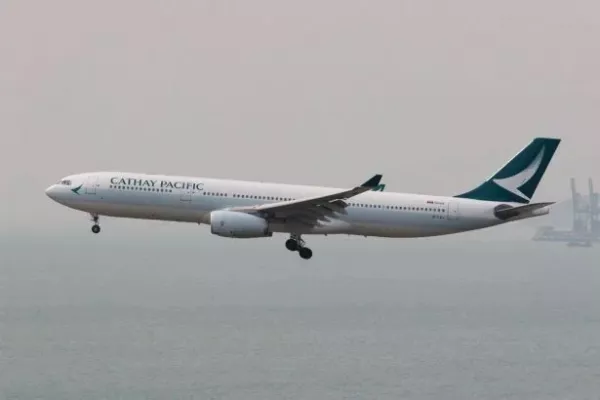Following a report on Tuesday October 26 that Hong Kong's Cathay Pacific Airways Ltd was planning to cut approximately 6,000 jobs and axe regional brand Cathay Dragon, the airline has said that it will slash 5,900 jobs and confirmed that it will end the Cathay Dragon brand, joining peers in cutting costs as it grapples with a plunge in demand due to the coronavirus pandemic.
The airline will also seek changes in conditions in its contracts with cabin crew and pilots as part of a restructuring that will cost HK$2.2 billion ($283.9 million).
Overall, Cathay Pacific will cut 8,500 positions, or 24% of its normal headcount, but that includes 2,600 roles currently unfilled due to cost reduction initiatives, the airline said.
"The actions we have announced today, however unpalatable, are absolutely necessary to bring cash burn down to more sustainable levels," Cathay chairman Patrick Healy told reporters.
Cathay, which has stored approximately 40% of its fleet outside of Hong Kong, said on Monday October 19 that it plans to operate less than 50% of its pre-pandemic capacity in 2021.
After receiving a $5 billion rescue package led by the Hong Kong government in June, it had been conducting a strategic review.
The airline said that it is bleeding HK$1.5 billion to HK$2 billion of cash a month and that the restructuring will stem the outflow by HK$500 million a month in 2021, with executive pay cuts continuing throughout next year.
BOCOM International analyst Luya You said that she had expected more strategic insight from the airline on its fleet plans and route network as part of the restructuring.
"Had they revealed more on fleet planning for 2021-22, we would get a much better sense of their outlook," she said.
Cathay will postpone the delivery of its 21 Boeing Co 777-9 jets on order beyond 2025, Healy said.
The End Of Cathay Dragon
The decision to end regional brand Cathay Dragon will result in the loss of 2,500 Cathay Dragon pilot and cabin crew jobs.
Cathay Dragon, which was once known as Dragonair, operated most of the group's flights to and from mainland China, and had been hit by falling demand before the pandemic due to widespread anti-government protests in Hong Kong.
Plans to merge Cathay Dragon into Cathay's main brand earlier this year hit roadblocks from China's aviation regulator because of infractions during last year's pro-democracy protests, two sources told Reuters in May.
Cathay said that the airline will cease operating immediately and that it will seek regulatory approval to fold the majority of Cathay Dragon's routes in Cathay Pacific and low-cost arm HK Express.
Healy said there will be "substantial savings" from combining Cathay Dragon's narrowbody fleet with Cathay Pacific's longhaul fleet and focusing on marketing of a single premium brand.
In the short-term, the closure of the Cathay Dragon brand will result in it being unable to carry cargo to Fuzhou, Guangzhou, Kuala Lumpur and Fukuoka, and it will only send dedicated freighters to Xiamen, Chengdu and Hanoi, it told cargo customers in a memo, indicating that the routes are cut for now.
Cathay lacks a domestic market to cushion it from the fall in international travel due to border closures.
Passenger Numbers And Shares
In September, Cathay's passenger numbers fell by 98.1% year-on-year, though cargo carriage was down by a smaller 36.6%.
Cathay shares have fallen 41% since the start of January.
The airline's share register is dominated by Swire Pacific Ltd, Air China Ltd, Qatar Airways and the Hong Kong government, with only a 12% free float.
News by Reuters, edited by Hospitality Ireland. Click subscribe to sign up for the Hospitality Ireland print edition.









